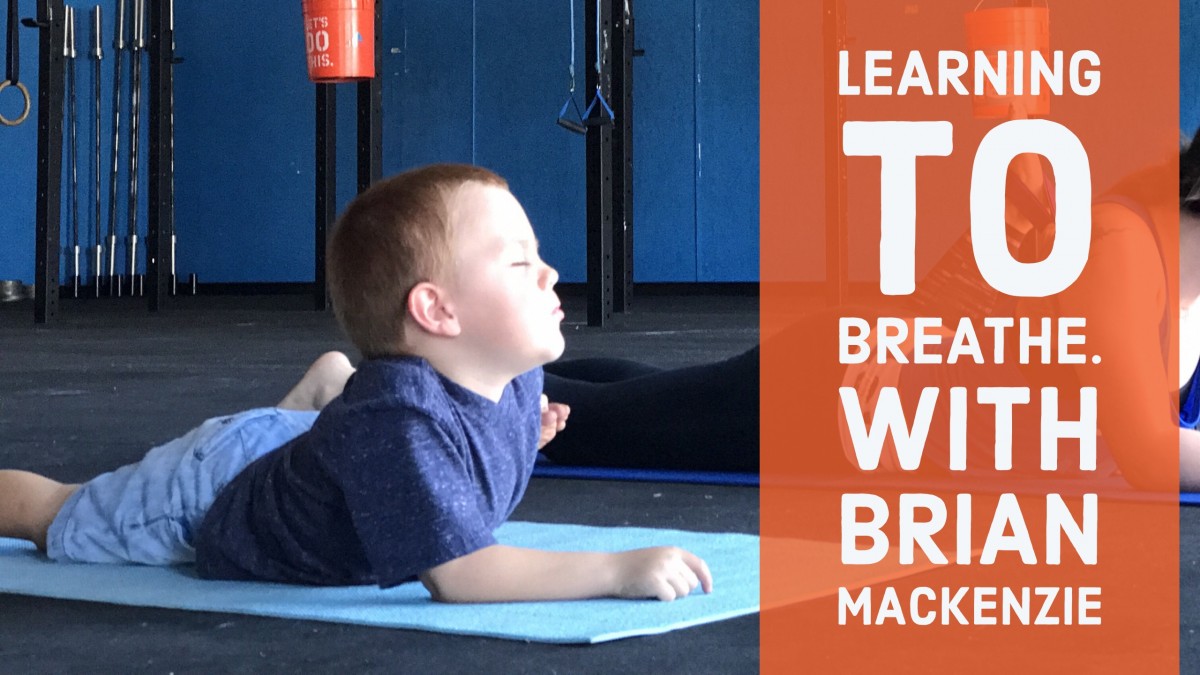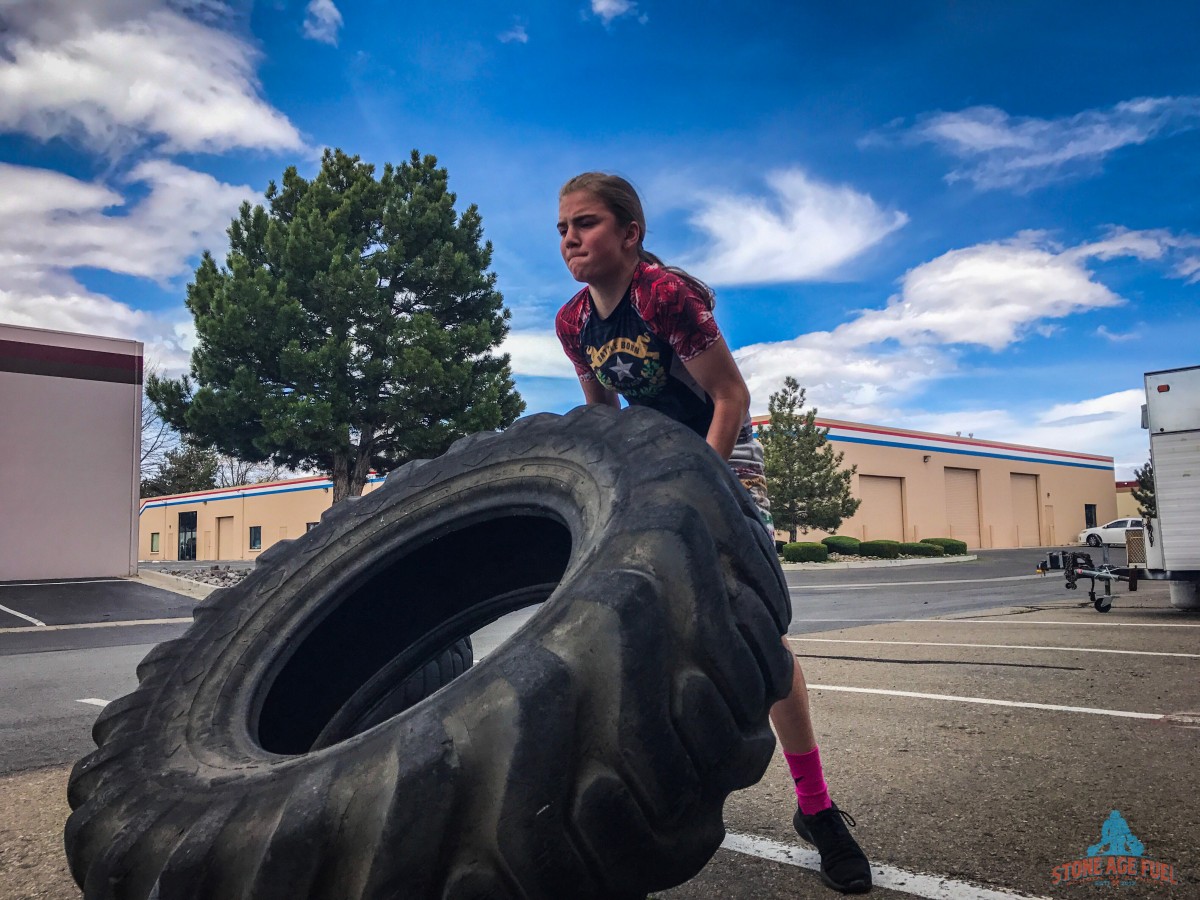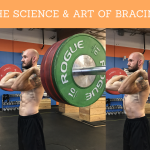Want to improve your recovery? Your sleep? Eliminate stress and anxiety? Learn to breathe effectively with Brian Mackenzie
How often do you think about your breathing?
Probably not very often. That’s kind of the whole point of breathing, right? You don’t need to think about it because your body just does it automatically?
Not so fast, says Brian Mackenzie, long-time endurance coach, and breathing expert. Mackenzie has been studying human performance and movement in relation to altitude, hypoxia, breathing mechanics and methods, as well as heat and cold exposure, for the last 16 years. He also co-authored two books: Power Speed Endurance, and The New York Times bestseller UnBreakable Runner.
In short, Mackenzie said this: When it comes to athletic performance, to handling stress, to getting quality sleep, and to mental health, breathing matters.
When we train for better fitness, we usually just think about training our muscles, our movements patterns and our hearts and our lungs, but we should also be focused on our breathing, he said. Contrary to what you might believe, Mackenzie said getting more and more fit, though, doesn’t necessarily trickle over into more efficient and healthy breathing. Breathing is something that needs to be worked on all on its own, he said.
One of the major purposes of Mackenzie’s breathing methods is to help get our bodies to move to a parasympathetic state.
Parasympa-what?
The parasympathetic nervous system, or “rest and digest” helps produce a state of equilibrium in your body, as compared to the sympathetic nervous system, or “fight or flight,” which essentially prepares the body for action. Read more here.
In other words, when we’re stressed out, be it physically or emotionally, our sympathetic nervous system has to work really hard to keep us safe. If it has to work too hard, it can negatively affect your health. It makes sense, right? If you can never bring yourself down to a more relaxed, balanced state, how happy are your body and mind going to be with you?
Or as Mackenzie said: “When (your sympathetic state) becomes chronic, physiological problems will emerge.”
Mackenzie explained you can essentially trick your body into moving, or returning, to a parasympathetic state through your breathing. In fact, people can learn to train their bodies so that one deep breath with a 7-second exhale can help put them right back to a parasympathetic state.
Try these two breathing tests
Test #1: Take a deep breath and let it out slowly. Once you have finished exhaling, time yourself to see how long it takes until you feel the need to breathe again. The goal here isn’t to push yourself too hard. Listen to your body and be honest about when you would ordinarily take another breath.
Mackenzie said you should be able to sit comfortably without breathing for 30 seconds after an exhale.
Test #2: Take a deep breath and see how long you can spend exhaling. The goal is to exhale for as long as possible.
Mackenzie said you should be able to spend an entire minute exhaling from one breath.
If you’re nowhere near 30 seconds on the first test and one minute on the second, don’t worry. Mackenzie put 100-plus healthy gym owners and coaches through those tests at the MadLab summit in Las Vegas in June, and most people there weren’t hitting those numbers either.
After setting those baseline numbers, he put the group through the following breathing exercise to “up-regulate and down-regulate” their systems, he explained.
Mackenzie’s Breathing Exercise
- Inhale for 6 seconds. Hold your breath for 6 seconds. Exhale for 12 seconds. Pause for 6 seconds.
- Repeat the above sequence for 2 minutes.
- Begin quick inhales and exhales (2-second inhales followed by immediate 2-second exhales).
- Continue quick inhales and exhales for 2 minutes.
(If you feel overwhelmed at any point, take a couple breaths to gather yourself).
5. Take one big deep breath and hold it for 30 seconds to reset your system.
6. Start up again at 1 and repeat the entire 6 steps.
The big take away in Vegas was to realize that breathing can actually alter your physiological state. You can actually feel sensations in your body—from lightheadedness to euphoria to calmness to panic—as your breathing changes.
Mackenzie recommends doing breathing work like the latter in the morning and in the evening every day.
Not only have these methods been successful in improving athletic recovery, they have also been able to help people deal with stress and anxiety and sleep better, and they have been beneficial for those with ADHD and even people who suffer from asthma.
What do you have to lose? Give it a try!







